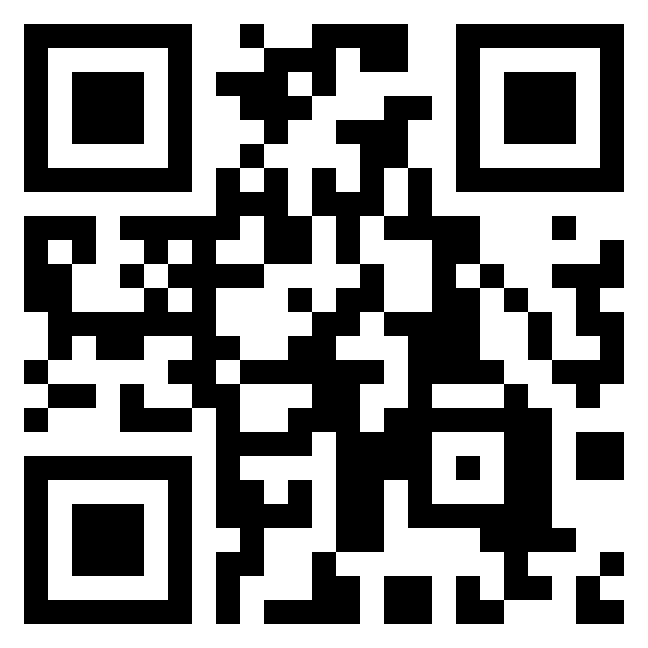
Скачай приложение iTest
Готовься к школьным экзаменам в более удобном формате
Текст 6
The history of money
Can you imagine the world without money? It is quite impossible. Money – they say – makes the world go round. Why is that so? Well, think of all the situations in which you have to pay for the things you buy – like food, clothes, medicine, newspapers, or for the services you get, like a new hairstyle or car repairs. Think of the entertainment you have to pay for – tickets to concerts, sport matches, favourite books, CDs and holidays. You can have it all if you’ve got the money.
Money has played an important role in every civilization.
It has taken various forms and has changed many times over the centuries. The first form of payment was the exchange of goods. People usually exchanged animal skins and meat, fruit and vegetables, cloth and precious stones. In ancient Egypt they used metal bars which were cut into smaller parts if necessary. In the seventh century BC the first coins appeared. There were usually made of silver or gold and their value depended on the amount of metal in each coin. With time, coins became very popular and many countries produced their own currency.
The introduction of paper money – banknotes – in the seventeenth century was the beginning of banking systems in many European countries. Since then, banks have offered a wide range of services like loans, bank accounts and etc. Today, people pay for things in different ways: they pay in cash, by cheque or by credit card.
The last one, it seems, is the most convenient form of payment. Many people believe that one day money in the form of coins, banknotes, cheques, and magnetic cards will totally disappear and that all buying and selling will be done via the Internet. (The World of English, adapted)
-
The first form of payment was/were
-
In ancient Egypt ______ were used as a form of payment.
-
The first coins appeared
-
The banknotes were introduced in the
-
It is possible that in the future people will buy things





